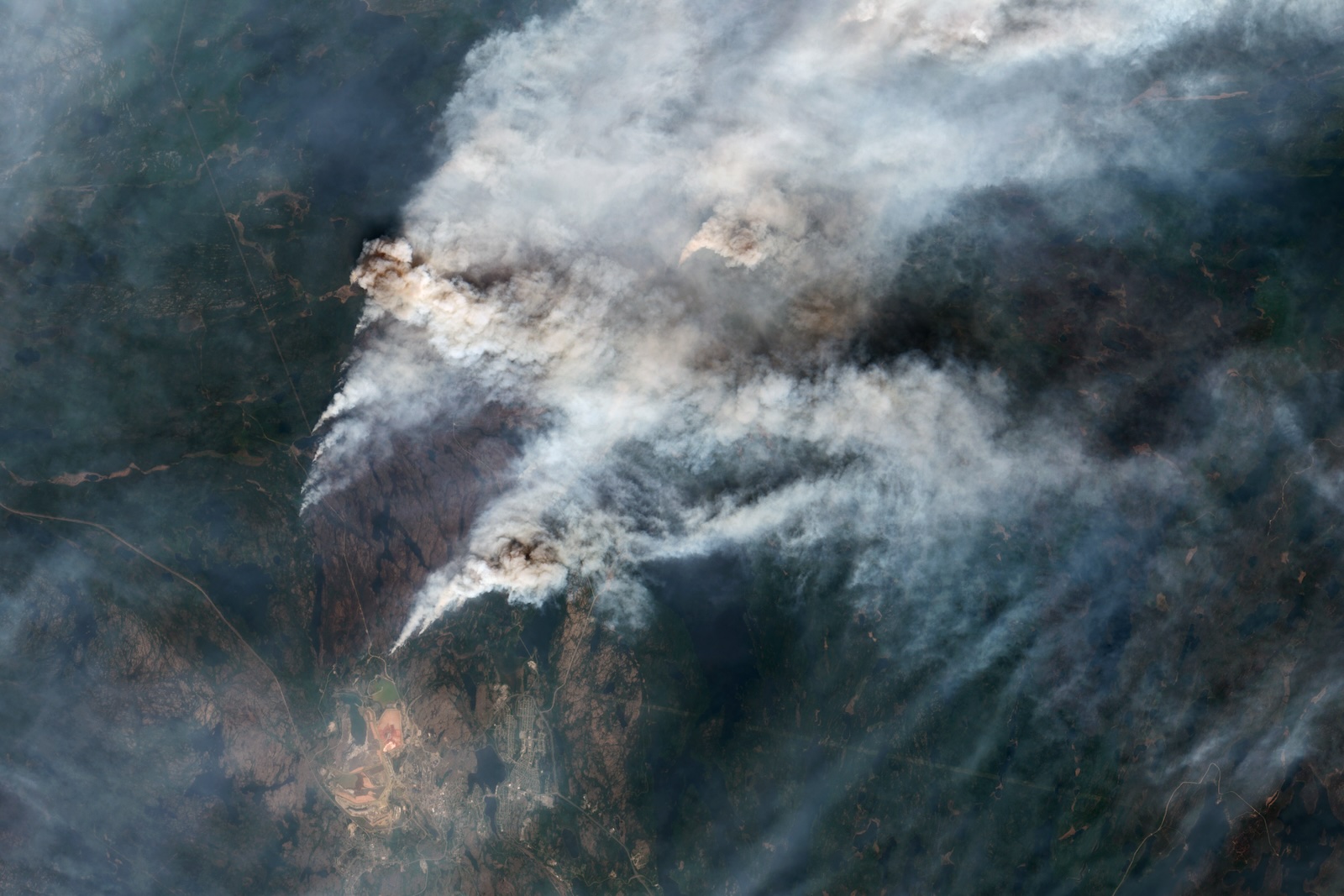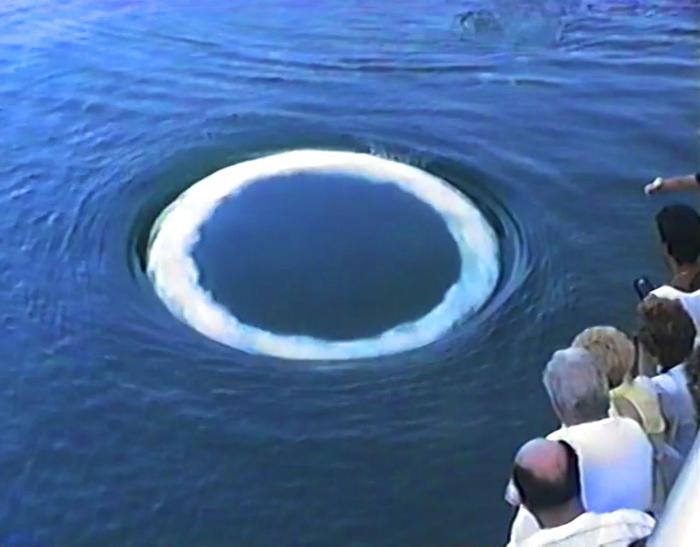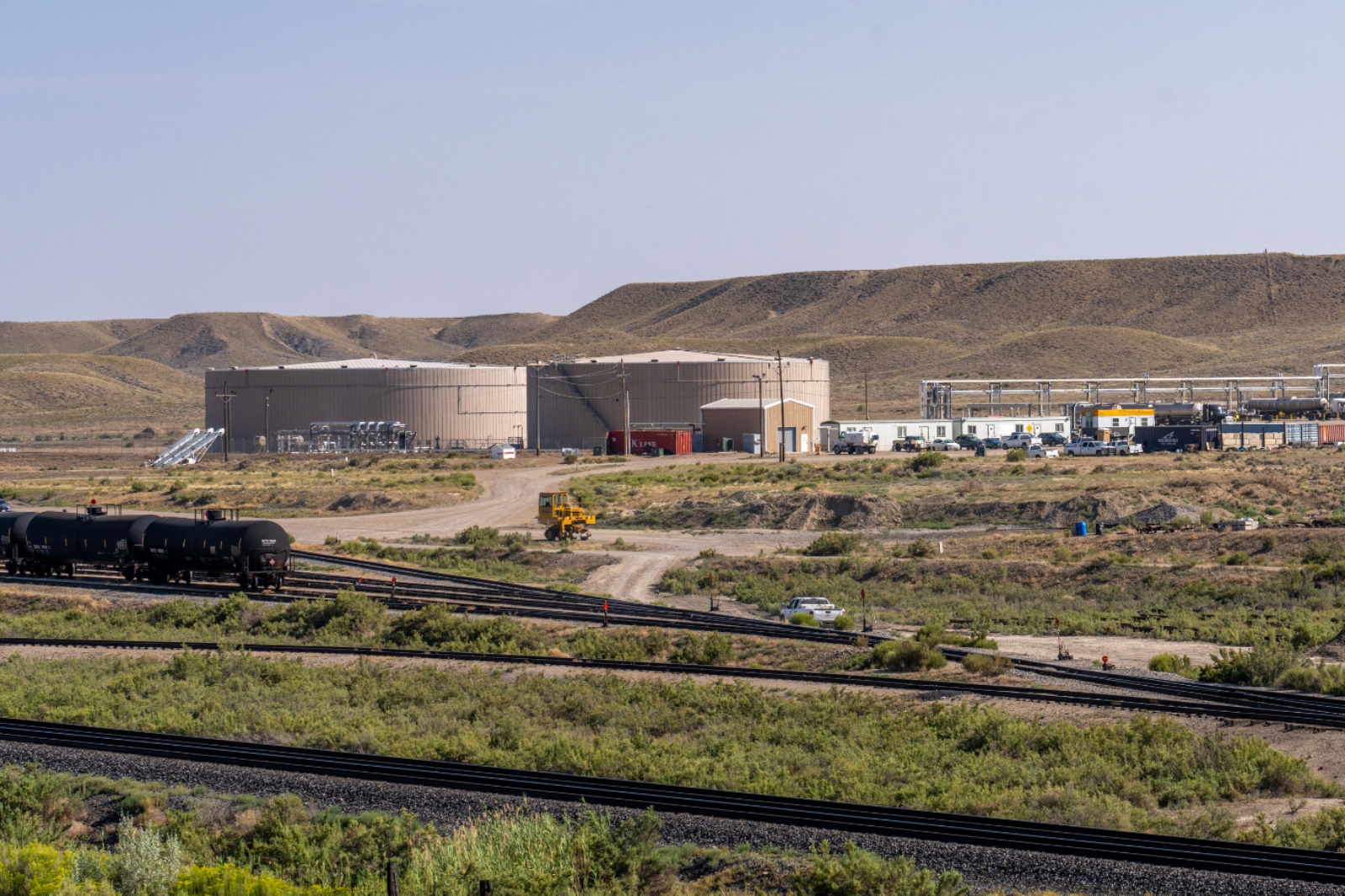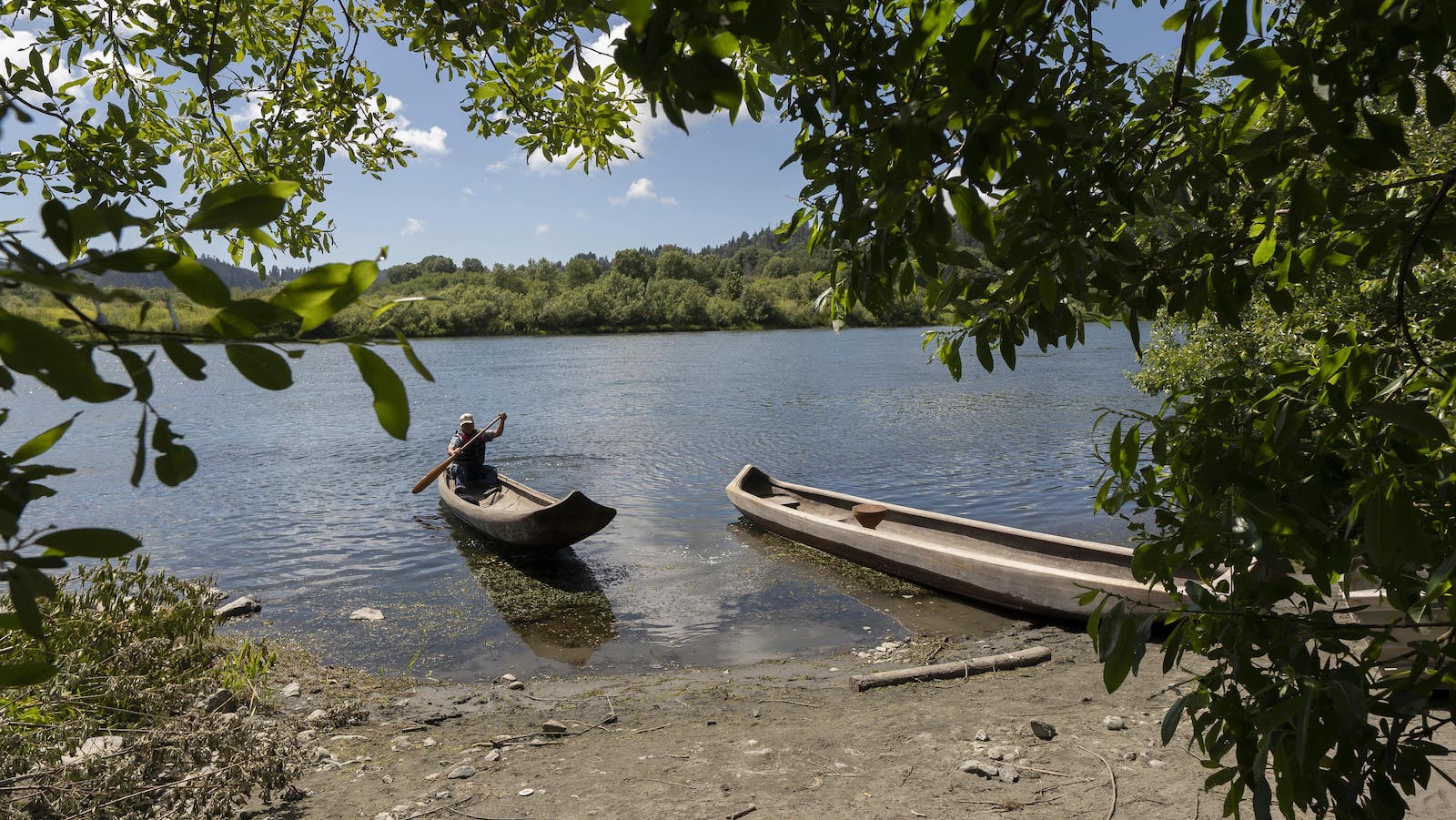Now Reading: The smoke from Canada’s wildfires may be even more toxic than usual
-
01
The smoke from Canada’s wildfires may be even more toxic than usual
The smoke from Canada’s wildfires may be even more toxic than usual

More than 200 wildfires are blazing across central and western Canada, half of which are out of control because they’re so hard for crews to access, forcing 27,000 people to evacuate. Even those nowhere near the wildfires are suffering as smoke swirls around Canada and wafts south, creating hazardous air quality all over the midwestern and eastern parts of the United States. The smoke is even reaching Europe.
As the climate changes, the far north is drying and warming, which means wildfires are getting bigger and more intense. The area burned in Canada is now the second largest on record for this time of year, trailing behind the brutal wildfire season of 2023. That year, the amount of carbon blazed into the atmosphere was about three times the country’s fossil fuel emissions. And the more carbon that’s emitted from wildfires — in Canada and elsewhere — the faster the planetary warming, and the worse the fires.
“There’s obviously the climate feedback concern,” said Mike Waddington, an environmental scientist at McMaster University in Ontario who studies Canada’s forests. “But increasingly we’re also concerned about the smoke.”
That’s because there’s much more to wildfire smoke than charred sticks and leaves, especially where these blazes are burning in Canada. The country’s forests have long been mined, operations that loaded soils and waterways with toxic metals like lead and mercury, especially before clean-air standards kicked in 50 years ago. Now everyone downwind of these wildfires may have to contend with that legacy and those pollutants, in addition to all the other nasties inherent in wildfire smoke, which are known to exacerbate respiratory and cardiac problems.
“You have there the burning of these organic soils resulting in a lot of carbon and a lot of particulate matter,” said Waddington. “Now you have this triple whammy, where you have the metals remobilized in addition to that.”
What exactly is lurking in the smoke from Canadian wildfires will require further testing by scientists. But an area of particular concern is around the mining city of Flin Flon, in Manitoba, which is known to have elevated levels of toxic metals in the landscape, said Colin McCarter, an environmental scientist who studies pollutants at Ontario’s Nipissing University. Flin Flon’s 5,000 residents have been evacuated as a wildfire approaches, though so far no structures have been destroyed.
But a fire doesn’t need to directly burn mining operations to mobilize toxicants. For example, in Yellowknife, in Canada’s Northwest Territories, gold mining operations between 1934 and 2004 spread arsenic as far as 18 miles away, adding to a landscape with an already high concentration of naturally occurring arsenic. In a paper published last year, Waddington and McCarter estimated that between 1972 and 2023, wildfires around Yellowknife fired up to 840,000 pounds of arsenic into the atmosphere. Arsenic is a known carcinogen associated with cardiovascular disease, diabetes, and developmental problems, according to the World Health Organization. (After the 2023 Lahaina fire in Maui, officials reported elevated levels of arsenic, lead, and other toxic substances in ash samples. California officials also found lots of lead in smoke from 2018’s Camp Fire.)
Within wildfire smoke is also PM 2.5, particulate matter smaller than 2.5 microns (a millionth of a meter) that gets deep inside human lungs. This can exacerbate conditions like asthma and raise the risk of cardiac arrest up to 70 percent. One study found that in California alone, PM 2.5 emissions from wildfires caused more than 50,000 premature deaths between 2008 and 2018.
Canadian ecosystems known as peatlands are especially good at holding onto toxicants like arsenic. These form in soggy places where wet plant matter resists decay, building up into layers of peat — basically concentrated carbon. Peat can accumulate over millennia, meaning it can also hold onto pollutants deposited there decades ago. “The peat soils are landscape hot spots for metals,” said McCarter. “When it’s dry and hot — like we’ve been seeing with the weather over the prairie provinces and central and western Canada — the peatlands can really start to dry out. Then the fire is able to propagate and get hot enough to start releasing some of these metals.”
A peat fire behaves much weirder than a traditional forest fire. Instead of just burning horizontally across the landscape, a peat fire smolders down into the ground. This is a slow burn that lasts not just hours or days, but potentially months — releasing toxic metals and particulate matter as smoke all the while. Peat fires are so persistent that they’ll sometimes start in the summer, get covered over with snow in the winter, and pop up once again in the spring melt. Scientists call them zombie fires.
As Canada’s wildfire smoke creeps down into the U.S., it’s also transforming. Chemical reactions between gases and sunlight create ozone, which further exacerbates lung conditions like asthma. “Once you get six hours to a day or so downwind, the ozone formation inside smoke plumes can start being problematic,” said Rebecca Hornbrook, an atmospheric chemist at the NSF National Center for Atmospheric Research, who studies wildfire smoke.
People fleeing Canada’s fires have to worry not just about losing their homes, but also losing their health. More than 40 percent of wildfire evacuations happen in communities that are predominantly Indigenous — an irony given that First Nations people know how to reduce the severity of these conflagrations, with traditional burning practices that more gently clear out the dead vegetation that acts as wildfire fuel. That strategy of prescribed burns, though, has only recently been making a comeback in Canada. “Let’s not forget that it’s immediately affecting a lot of, in particular, First Nations communities in the northern parts of Manitoba, Alberta, and Saskatchewan,” said Waddington.
This haze is already bad for human health, and now there’s the added potential for arsenic and other toxicants in the Canadian landscape to get caught up in wildfire smoke. “It’s a bad-news scenario,” Waddington said. “It’s quite scary.”
























